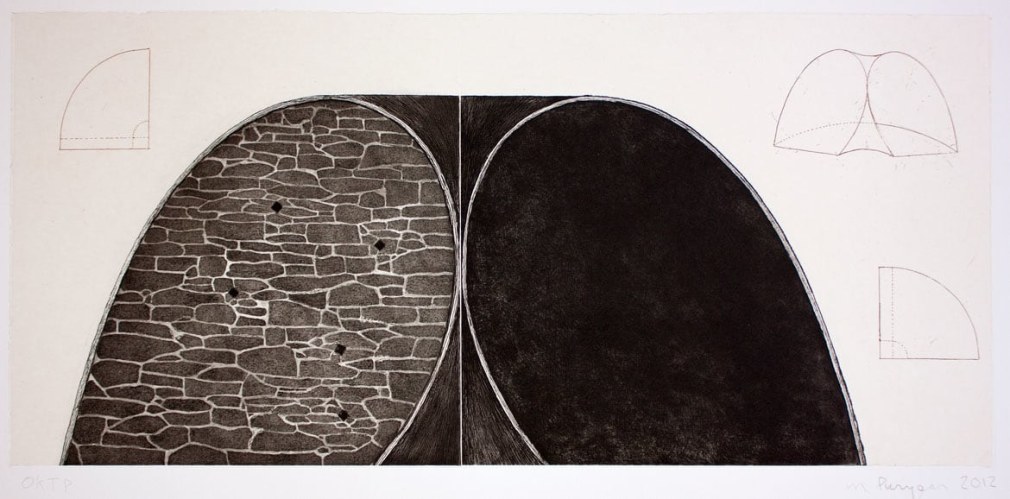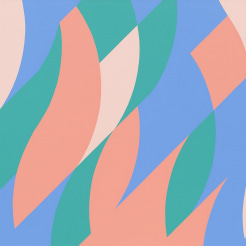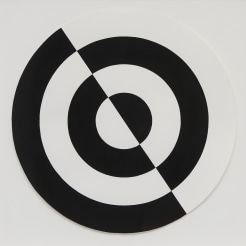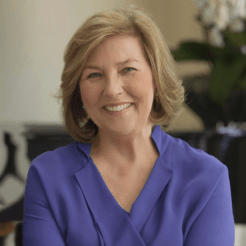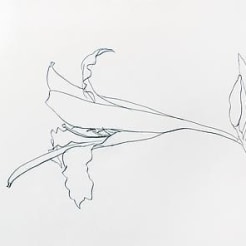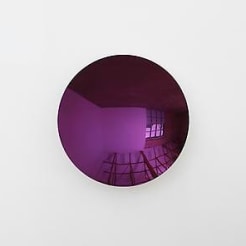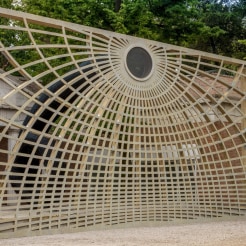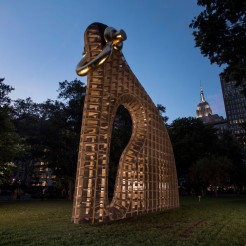Martin Puryear was born in Washington, D.C., in 1941. In his youth, he studied crafts and learned how to build guitars, furniture, and canoes through practical training and instruction. Puryear began his career in the late 1960s alongside other members of the postminimalist generation. He explored a variety of media—including painting, drawing, and printmaking—before devoting himself to sculpture. As a sculptor he has maintained an unwavering commitment to traditional building methods, working primarily in wood, but also utilizing an array of other materials, including wire mesh, tar, stone, stainless steel, and bronze. Puryear’s work is further characterized by the artist’s reliance on his own hand to create his sculptures, and by his insistence on mastering his materials—often through preparatory drawings and maquettes—and dexterously translating this understanding to individual works. After earning his B.A. from Catholic University in Washington D.C., Puryear joined the Peace Corps in Sierra Leone, and later attended the Swedish Royal Academy of Art. He received an MFA in sculpture from Yale University in 1971. Puryear's objects and public installations—in wood, stone, tar, wire, and various metals—are a marriage of Minimalist logic with traditional ways of making. Martin Puryear represented the United States at the São Paolo Bienal in 1989, where his exhibition won the Grand Prize. Puryear is the recipient of numerous awards, including a John D. and Catherine T. MacArthur Foundation Award, a Louis Comfort Tiffany Grant, and the Skowhegan Medal for Sculpture. Puryear was elected to the American Academy and Institute of Arts and Letters in 1992 and received an honorary doctorate from Yale University in 1994. Martin Puryear lives and works in the Hudson Valley region of New York.

